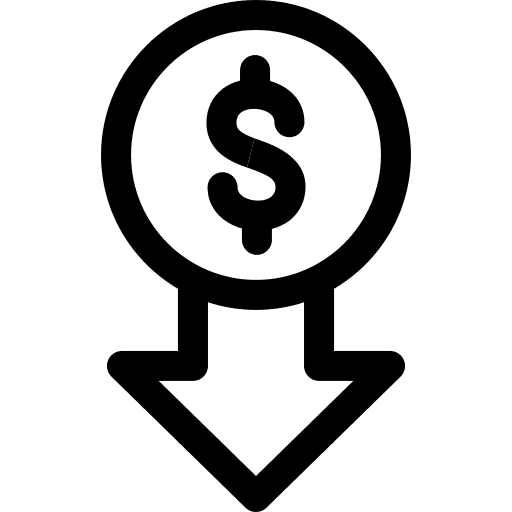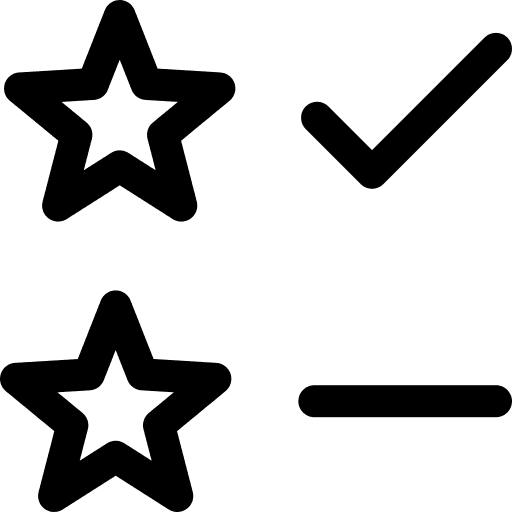Key takeaways
- 10-year fixed home loans will keep your repayments the same for the next 10 years.
- It is very rare to fix your home loan for longer than 5 years.
- Rates for a 10 year fixed home loan will probably be higher than if you were to fix for less time.
What is a 10-year fixed rate home loan?
When you get a 10-year fixed rate home loan, you lock in the certainty of knowing that your repayments will remain the same for 10 years.
As with any regular home loan, you borrow money and you make repayments to pay off the balance as well as the interest it attracts. When you get a 10-year fixed rate home loan, the interest remains the same for the first 10 years of the loan term regardless of whether interest rates increase or decrease. This means your repayments will stay the same for the whole time. After the 10 year term, the loan changes to a variable rate.
While most variable rate home loans enable borrowers to make extra repayments, this is not the case with fixed rate loans. Even if a fixed rate home loan allows you to make extra repayments, there's a good chance that it comes with an annual maximum extra repayment cap of between $10,000 to $25,000.
Pros and cons of a 10-year fixed rate home loan
Pros
- Repayments won't change for 10 years. You can plan your budget effectively and you can even sign up for another fixed rate period at the end of the 10 years, if you wish.
- Protected from rising interest rates. If the Reserve Bank of Australia (RBA) increases the cash rate, or your lender hikes up home loan interest rates, you don't have to worry, because your rates are set in stone for 10 years.
- Extra repayments. While fixed rate home loans don't normally offer much flexibility, you can still find loans that allow you to make some extra repayments, as well as loans that come with linked offset accounts.
Cons
- No benefit when interest drops. If the RBA or your lender drops variable home loan interest rates, you don't benefit. If you locked in a 10-year rate in 2019 before interest rates dropped from around 4% to around 2%,
- Exit fees. If you decide to repay your loan ahead of schedule, or if you want to look for refinancing options, there's a good chance you'll have to pay considerably high exit fees.
- No offset or redraw. Fixed rates generally don't come with the option to add an offset account, where you 'offset' the loan balance with your savings. As your situation changes over time, the loss of this feature could be costly.
What are the different types of home loans that I can fix for 10 years?
- Basic home loans: A 10-year fixed rate basic home loan is offers little in terms of flexibility and features, will come with competitive interest rates and lower fees.
- Full-featured home loans: These loans offer repayment flexibility, so you can make extra repayments and perhaps even uses a partial offset account – for a premium price.
- Low doc loans: Self-employed borrowers and investors who can't provide all the required paperwork for a conventional loan can apply for low documentation loans. You can often apply with a lower deposit and higher Loan to Value Ratio (LVR), but interest rates are higher.
- Bad credit home loans: These loans, as implied by the title, are for people who have poor credit histories. Finding a 10-year fixed rate home loan if you have poor credit can be quite a challenge; expect to pay a high interest rate, if these are available at all.
- Package home loans: Package loans normally come with an annual fee of around, but they offer interest rate discounts and other benefits, like a fee waiver on a credit card and insurance premium discounts.
How to compare long term fixed rate home loans
To make sure you get a great deal on a 10-year fixed rate loan, pay attention to the rate, the fees and the loans' features.
Focus on the following:

Look for a lower rate
The longer the fixed rate term, the higher the interest rate will be. So if you decide you want a 10-year fixed rate, compare your options to find a lower one.

Look for a loan with low fees
When some loans come with multiple fees and others almost none, a low-fee loan is a no-brainer.
A lower interest rate is more important, but low fees are another way to save on your loan costs.

Loan features
Fixed rate loans have fewer features than variable rate loans, like 100% offset accounts or the ability to make extra repayments. But some do, so it's worth comparing. Especially as you won't be moving onto a variable rate any time soon.
Things to consider before jumping in
Taking out a 10-year fixed rate home loan requires you to think hard about the 10 year period because unlike a year or two, 10 years doesn't just rush by. If you think you might move within the next decade, you'll have to exit your loan before its fixed period comes to a close, so it’s best you avoid taking a fixed rate loan in such a scenario.
If you're not sure about how your finances might look in the years to come, avoiding locking in an interest rate for the longest possible duration is a good idea.
Frequently asked questions about 10-year fixed rate home loans
What happens to the interest rate at the end of the 10 year period?
At the end of the 10 year period your loan will usually revert to the standard variable rate offered by your lender. Alternatively, you can elect to fix your home loan for another fixed period, which may be 10 years or shorter depending on what your lender offers.
Can I split my loan into fixed and variable components?
Yes, some loans allow you to split the loan amount so one portion attracts a fixed rate and the other portion attracts a variable rate. This allows you to benefit from both rates and at the end of the fixed rate term period, the entire amount attracts a standard variable rate.
Why do fixed rate loans attract higher interest than variable rate loans?
When banks offer fixed rate loans they have to factor in the risk of interest rates dropping in the future, and this is essentially why they attract higher interest rates. Besides, these loans also offer borrowers the convenience of fixed repayments.
Ask a question
2 Responses
More guides on Finder
-
4-year fixed rate home loans
Compare 4-year fixed rate home loans from lenders big and small. Learn if these loans are right for you.
-
Ge the lowdown on fixed rate interest in advance home loans
Save on interest rates and enjoy tax savings with fixed rate interest in advance home loans.
-
30 year fixed rate home loans
Thirty year fixed rate home loans are a great way to lock in a great interest rate for the entirety of your loan but Australia doesn’t currently offer this lengthy loan option.
-
5-year fixed rate home loan rates in Australia
A competitive 5-year fixed rate home loan will see your repayments stay the same for a large chunk of your home loan.
-
Compare 3-year fixed rate home loans
A fixed-rate home loan can offer you stability and peace of mind. Find out if a three-year fixed rate home loan is right for you.
-
2-year fixed rate home loans
Enjoy the stability of knowing your repayments won’t change for 2 years.
-
Compare 1-year fixed rate home loans
Find a competitive 1-year fixed interest rate home loan. Compare your options and apply today.
-
Fixed home loan break cost – how much does it cost to end a fixed loan?
Early repayment adjustment, also known as a break fee, is charged when you end a fixed loan contract. Learn how banks calculate these fees.

Are there any 10 year fixed interest rates for an investor prefer interest only but i believe this is now not available must be p&i
Hi John,
Thanks for your question.
We currently don’t feature a list of lenders that offer 10-year fixed interest home loans for investment.
Alternatively, you may consider fixed-rate home loans. You can use our “advanced search” filter on the page to customize the listed lenders. The maximum term for a fixed-rate investment home loan that I can find on the page is 2 years.
If you need assistance in finding a suitable home loan option, you may also get in touch with a mortgage broker.
Cheers,
Anndy